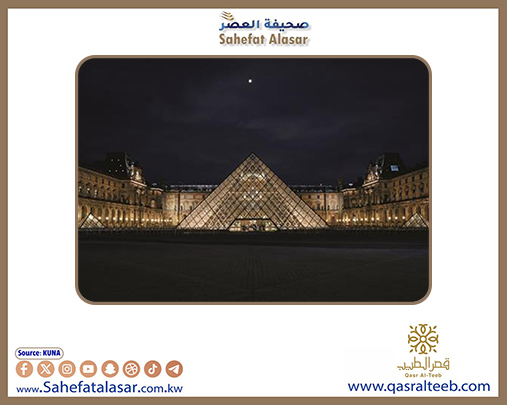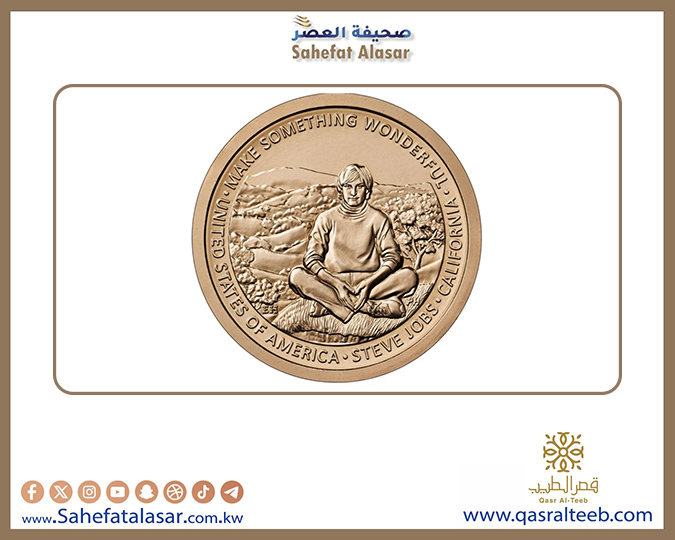


Strategic Cultural Initiative
As part of its strategic commitment to cultural openness and East-West dialogue, the Louvre Museum in central Paris launches a summer program exploring Islamic history through diverse cultural events. This global cultural destination transforms from an art repository into a dynamic hub of activity during summer months.
Summer Program Highlights
Mamluk Era Exhibition: Showcasing rare artworks, manuscripts, and artifacts from medieval Egypt and the Levant
Open-air cultural events: Over 50% of activities offered free to the public
Musical performances and art shows in the museum's gardens and courtyards
Digital and interactive experiences attracting younger visitors (45% under age 25 in 2022)
Presidential Vision for Renovation
President Emmanuel Macron announced an ambitious "Louvre Renaissance" plan (2024-2034) featuring:
€700-800 million self-funded modernization
New eastern entrance to relieve congestion at the glass pyramid
Underground expansion beneath the main courtyard
Capacity increase from 9 million (2024) to 12 million annual visitors
Visitor Statistics
8.7 million visitors in 2024 (comparable to 2023 despite Olympic challenges)
60% first-time visitors in 2022
Tuileries Garden ranked among world's most-visited cultural sites
Director's Vision
"Today's Louvre must be more than an art museum," states Director Laurence des Cars, "but an interactive space inspiring visitors across generations through both physical and digital experiences."
Historical Context
Founded as a 12th-century fortress, the Louvre became a public museum in 1793, now housing treasures from the Mona Lisa to Venus de Milo while serving as a living laboratory for civilizational dialogue.

